All photos are about communication, about telling a story. But the intent behind an image and how it will be used is as important as the image’s content. So is your content about narrative or commerce? Understanding the difference between editorial and commercial photography can significantly impact your output and your work as a photographer.

What is Editorial Photography?
Images that are used to illustrate newspaper and magazine articles, blog posts, books, essays and documentaries are considered editorial photography. Images accompanying a feature article charting the decline of an industrial town or a particular craft or way of life, food images alongside recipes and travel images in blog posts are all editorial images. Is photojournalism regarded as editorial photography? Some people say yes; others consider it a separate genre. It is, however, the ultimate expression of a story, giving it an editorial direction.
Editorial images are a storytelling device, usually used to enhance the words they accompany. However, a photo essay that tells its own narrative is editorial, too. The key driver behind editorial photography is that it engages the reader, elevates the written content and expresses a narrative.
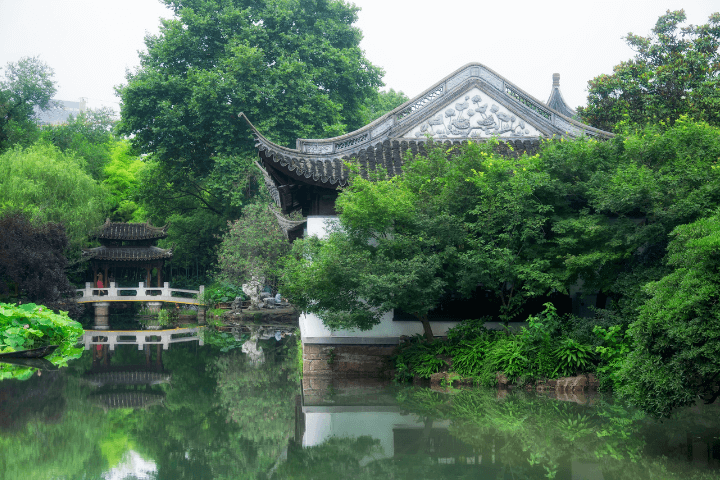
As an editorial photographer, you can sell your images on a stock site, for example, Motion Array, but an editor could also commission an editorial shoot. Examples might include a day in the life of a sports star for a feature article or highlights of a region or city for a travel piece.
Editorial Photography vs. Commercial Photography?
Commercial photography is about selling something; editorial photography is about storytelling. That’s the elementary distinction between them. If an image is used for advertising or promoting a product or service, it is commercial. More often than not, a commercial image will stand alone, while editorial photos often come as a sequence.
This difference in purpose will impact the style of photos produced, but there is an important technical difference, too. There are strict rules governing the inclusion of people and some properties in commercial images that do not apply to editorial photography. Images intended for commercial use must have the consent of any people appearing in them, or the owners of identifiable buildings, to be used for advertising or promotional purposes. These are called model or property releases. They safeguard against people unwittingly finding themselves advertising or endorsing goods and services.
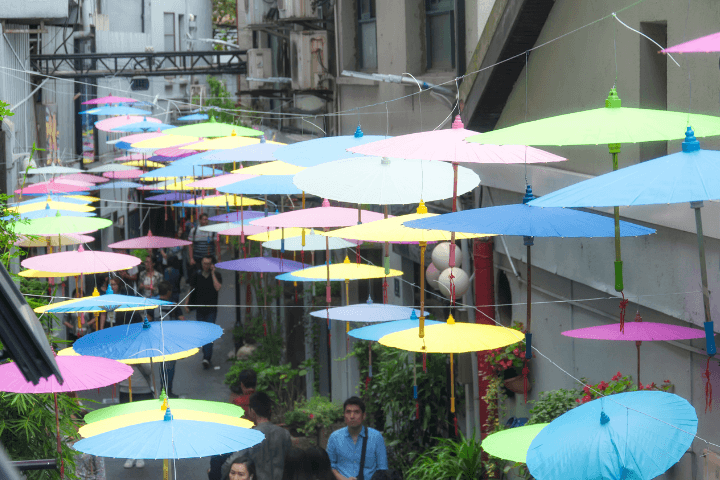
If you are commissioned to fulfill a commercial shoot, the chances are you will be under the direction of your client. You might well find that the images are the copyright of the client, not you. But this will depend on the contract. When it comes to an editorial shoot, you will often have more creative freedom when completing the brief.
One anomaly to note: the images within the pages of a book are usually regarded as editorial because they contribute to the exposition of the book’s content. The image on the cover, however, is commercial because it effectively promotes the book.
What Is the Editorial Photography Style?
The editorial photography style is very much what you make of it, always remembering that there is a story at its heart. You might prefer to give all your images a bold and bright look and always use natural light for an authentic feel, or maybe black and white is your thing.
However you like to style your editorial images, remember that they are meant to be natural and informative. The object is to draw the viewer into the story, grip their attention, and unveil a deeper look at the words alongside them.
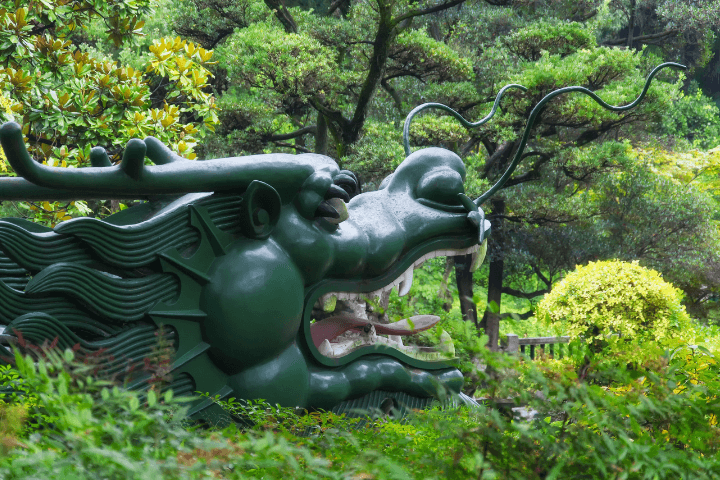
Top Tips for Making Your Stills Look Editorial
If you’re looking to take on editorial photoshoots, these tips will help you produce images that will have editors coming back for more.
1. Research Your Topic
When you’re presented with a topic for an editorial photoshoot, research it as thoroughly as possible to ensure that you understand with whom and where you are working and what is significant about it. If you’re working with people or stories about communities, the chances are that you will learn more about them as you start on your shoot. But knowing as much as possible going in will be an enormous benefit and, in particular, will help you identify the story you want to tell.
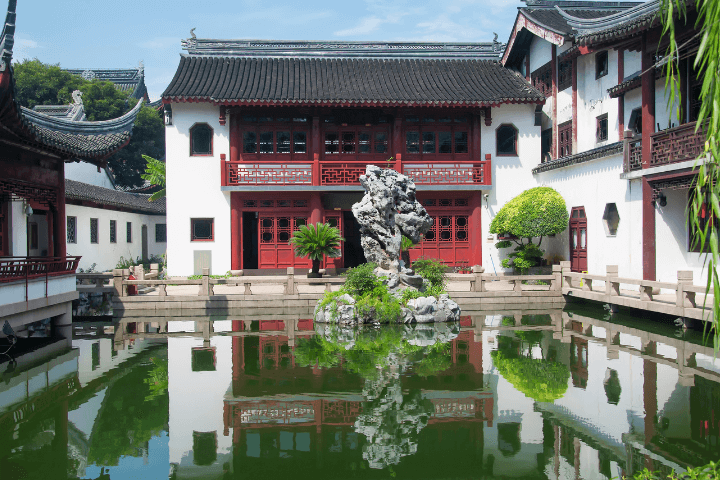
2. Identify your story
After researching your subject, identify the elements that will become the focus of your story. There could well be multiple points of interest that catch your attention, but by focusing on 1 and drilling down into it, you will create a tighter and more compelling narrative that is attractive to your audience.
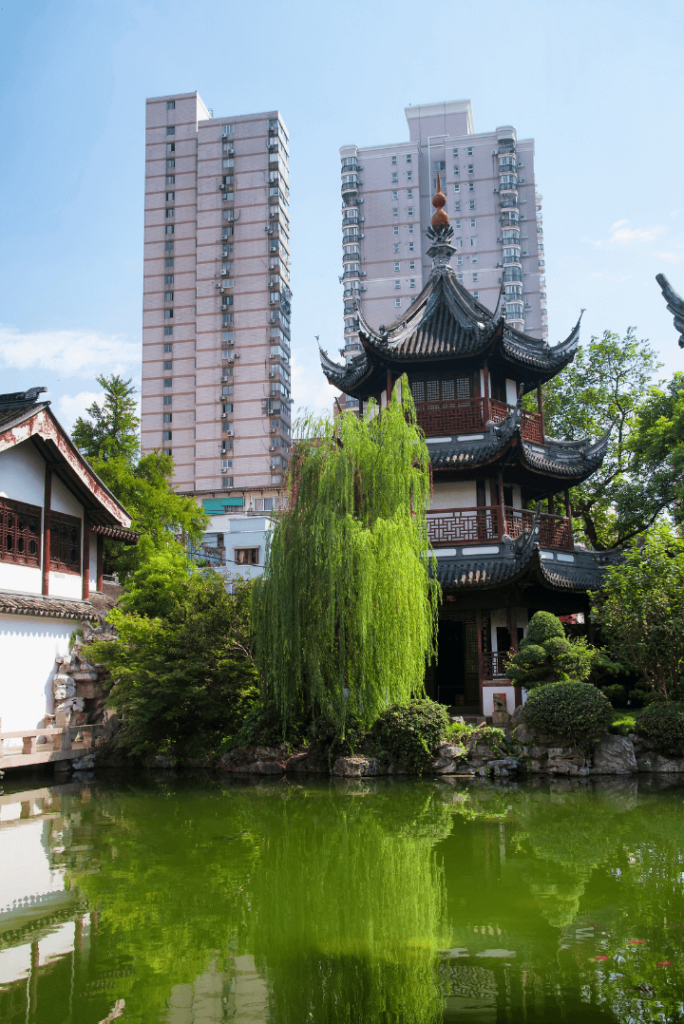
3. Create a Mood Board
To produce a cohesive story, consider the aesthetic you want it to embody. Whether you are working alone or as part of a team, you should keep your focus on the look, feel and outcome of the shoot.
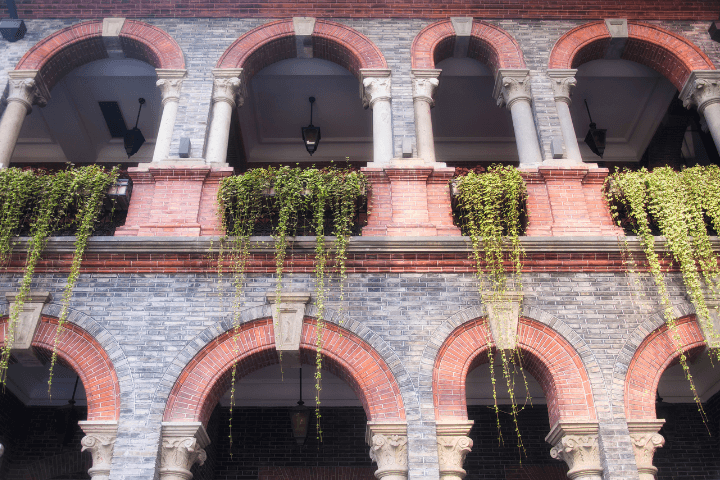
4. Determine the Specifics
In order to tell the story you’re aiming for, be sure to determine any particular shots you want and the gear you will need to accomplish them. Don’t leave it to chance.
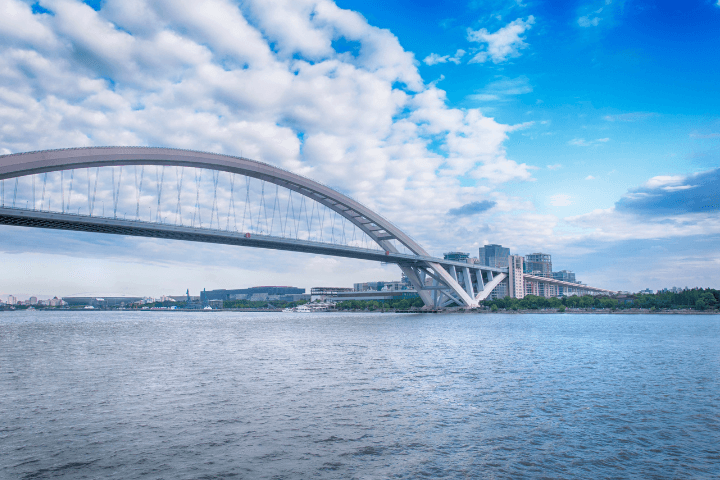
5. Be Respectful
If you’re being let into someone’s home, life or community, remember to be respectful in your interactions with them (should you take your shoes off at the door?) and how you tell their story.
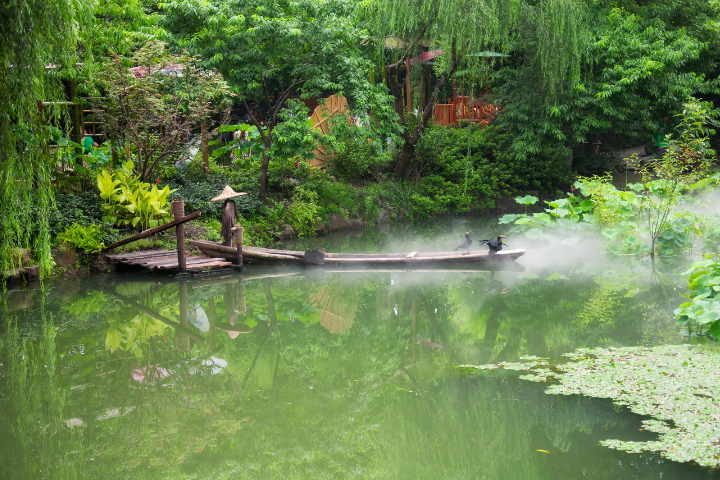
6. Always Focus on the Story
There might be a lot happening that it’s easy to get distracted. Or, you might want to capture more than just what you’ve intended with your story. However, keep going back to your mood board and specifics to remain focused and capture what you’ve planned. Then, if you have time, you can look at the incidentals and sub-plots. They might well be valuable, too, but you must stick to the brief first!
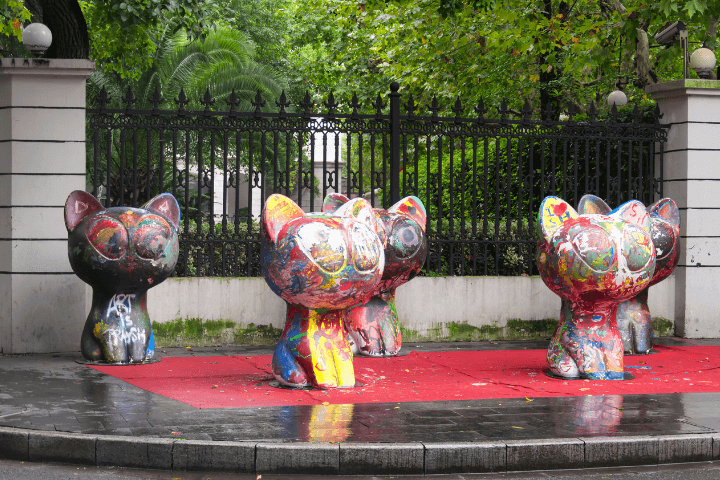
Conclusion
Editorial photography is a brilliantly creative genre where you have the opportunity to engage deeply with a story and bring it to your audience. Your approach can be managed or more natural, and you can also focus on different storytelling areas: from food and fashion to societal change. It’s a varied and vivid genre that’s all about expression and engagement.



























